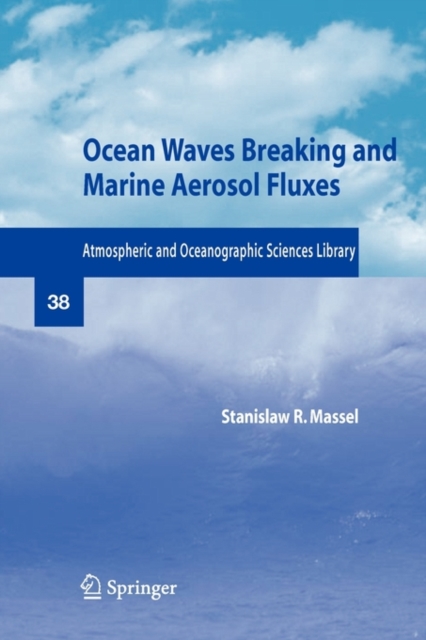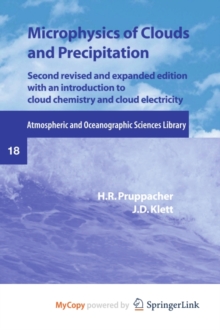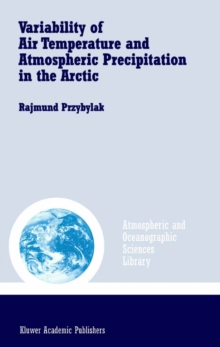
Ocean Waves Breaking and Marine Aerosol Fluxes Paperback / softback
by Stanislaw R. Massel
Part of the Atmospheric and Oceanographic Sciences Library series
Paperback / softback
Description
The atmosphere and the ocean form a coupled system which exchanges heat, momentum and water at the air–sea interface.
The interface is dynamic and masses and energy are continually transferred across the air–sea interface.
The energy ?ow from the atmosphere to the ocean generates an aerodynamically rough sea surface.
If the energy ?ow is su?ciently intense, at some points the surface waves will lose their stability and eventually break.
Breaking is a very localized and non-stationary phenomenon that is a source of vorticity and turbulence.
Dissipated energy becomes available for mixing the water layers and for whitecapping of various scales.
Whitecapping is a strongly nonlinear process, which involves instability of the surface waves with space and time scales several orders of magnitude smaller than those associated with gravity wave motion.
Whitecaps are usually formed at or near the crests of the larger waves and occur in groups with successive crests breaking downwind of one another.
Wave breaking is the dominant generator of the ‘primary’ marine aerosol (sea salt) and it is a major factor in the air–sea exchange of gases (including carbon dioxide).
Most of the aerosol generated from natural waters is in the form of jet and ?lm drops from the bursting of air bubbles (Monahan and Van Patten, 1989).
The enriched aerosols associated with the ejected droplets are very - portant in maintaining a source of salt-laden cloud condensation nuclei as well asinterfacial?uxesoftraceconstituents,includingbacteria,viruses,heavym- als, radioactivity and organic material (Kerman, 1986).
Information
-
Out of stock
- Format:Paperback / softback
- Pages:316 pages, XVI, 316 p.
- Publisher:Springer-Verlag New York Inc.
- Publication Date:23/11/2010
- Category:
- ISBN:9781441922694
Other Formats
- Hardback from £129.99
- PDF from £110.08
Information
-
Out of stock
- Format:Paperback / softback
- Pages:316 pages, XVI, 316 p.
- Publisher:Springer-Verlag New York Inc.
- Publication Date:23/11/2010
- Category:
- ISBN:9781441922694










